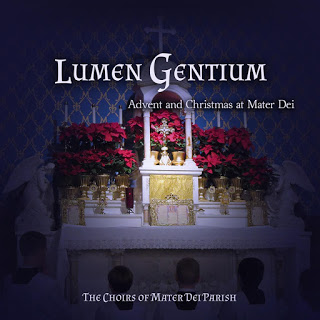A few weeks ago I heard a most interesting homily on the symbolism of the missal and its movements during Mass. Assuredly I would never have recognized this symbolism on my own, so I am grateful to the priest for explaining it. It turns out the movements of the missal tell the general story of salvation history. Below, I paraphrase what the priest said:
The Epistle side of the altar represents the Jews, and the Gospel side represents the Gentiles. The missal represents the Faith. The movements of the missal tell the story of the Faith throughout time.
At the start of Mass, the missal is on the Epistle side of the altar, just as the Faith was first revealed to the Jews. In the fullness of time, Our Lord Jesus Christ came and was rejected by the Jews. The movement of the missal from the Epistle side to the Gospel side represents this rejection of the true Faith by the Jews and the subsequent acceptance of the Faith by the Gentiles. Near the conclusion of Mass, the missal is moved from the Gospel side of the altar to the Epistle side, signifying the rejection of the true Faith by the Gentiles and the final acceptance of the true Faith by the Jews at the end of time.
It gives one pause to consider what is happening in the world today. From apostolic times, the Faith has been preached throughout the world to the pagan Gentiles with a success that is nothing less than miraculous. Consider that pagan Rome was converted, and some 1200 years later, even the pagan Aztec society was converted. What of today? On the one hand, it seems plausible that the Gospel has now been preached throughout the entire world. On the other, we see an astounding resurgence of godlessness and paganism, even in the West (or perhaps especially in the West). France, once called the First Daughter of the Church, is dotted with empty churches. Islam is spreading through Europe. America looks in many ways like pagan Rome of old.
A decade ago, I traveled to Rome. Looking out from St. Peter’s, on the side of a large building was an advertisement that was clearly an affront to the Vatican and to decency–that close to the greatest basilica in Christendom. It seems the West has turned its back on the Faith and seeks to create its own way, like a man on a camel who leaves the oasis in the delusion that he can find a better refuge. There is a new paganism, and it is growing like brambles to choke the seed of Faith.





1 thought on “The Missal as a Symbol”